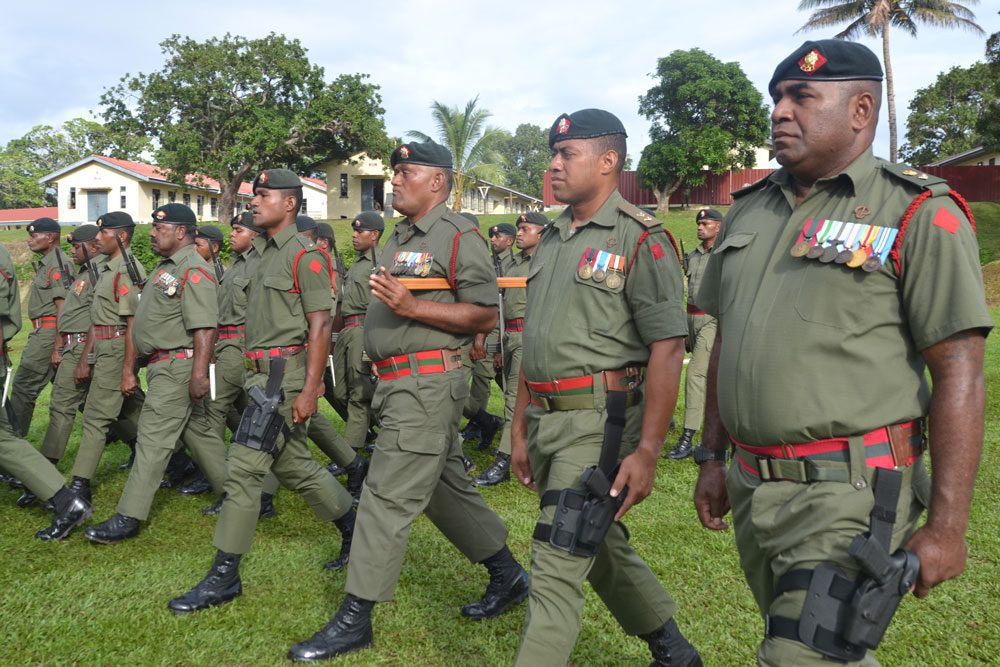Fiji Military Overview
Fiji’s military is officially known as the Republic of Fiji Military Forces (RFMF). It plays an important role not just in national defense but also in international peacekeeping, disaster response, and internal security.
1. Name and Structure
- Full Name: Republic of Fiji Military Forces (RFMF)
- Commander-in-Chief: The President of Fiji
- Operational Leadership: Commanded by the Commander of the RFMF
2. Key Roles of the Military
| Role | Description |
|---|---|
| National Defense | Protects Fiji’s sovereignty and territory. |
| Peacekeeping | Contributes troops to UN peacekeeping missions (notably in Lebanon, Iraq, Sinai, and the Golan Heights). |
| Disaster Response | Supports rescue and relief efforts during cyclones, floods, and earthquakes. |
| Internal Stability | Occasionally involved in domestic affairs (e.g., coups, civil unrest). |
| Border and Maritime Security | Helps monitor Fiji’s Exclusive Economic Zone (EEZ). |
3. Size and Strength
- Active Personnel: Around 3,500–4,000
- Reserves: Several thousand more in the Territorial Forces
- Includes:
- Infantry Regiments
- Naval Unit
- Engineering and Logistic Units
- Peacekeeping Battalions
4. Fiji Naval Division
- Patrols Fiji’s maritime territory (over 1.3 million km² of ocean)
- Helps with fishing zone protection, anti-smuggling, and disaster operations
5. International Presence
- Fiji has gained a strong reputation globally for its:
- Professionalism in peacekeeping missions
- Commitment to UN and regional security
- Countries like Australia, New Zealand, and China have military partnerships with Fiji.
6. Political Influence
- The RFMF has historically played a major political role, especially in:
- 1987 coup
- 2000 coup
- 2006 coup (led by then-Commander Frank Bainimarama, who later became Prime Minister)
7. Training & Development
- Military officers are trained in Fiji and abroad (e.g., Australia, New Zealand, UK, China).
- RFMF also runs engineering and construction units for national development.


